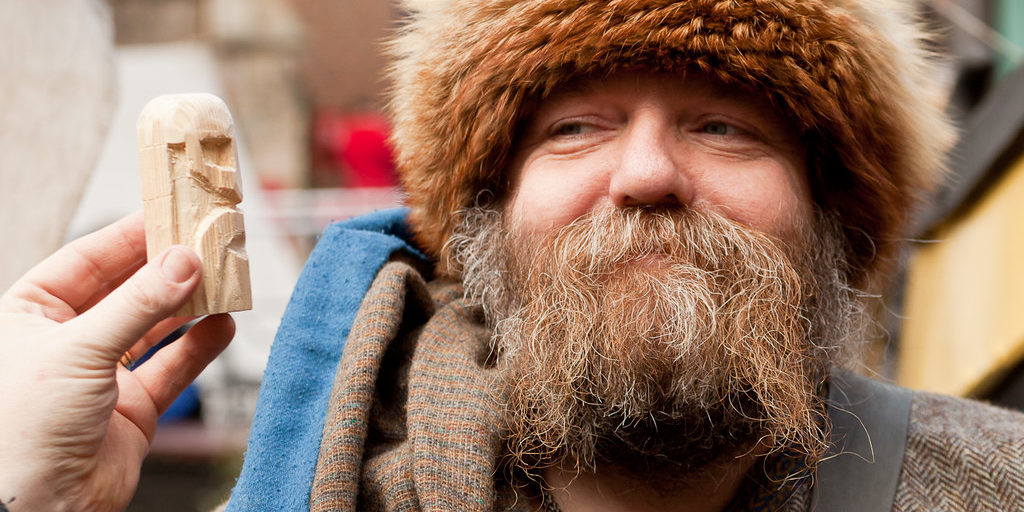Such ‘non-Romans’ provide an interesting case study; we might in particular consider the Lombards, whose very appellation is traditionally believed to derive from an origin myth in which the group’s women disguise themselves as men by tying their hair down to form ‘long beards’ (Borri 2014). In many ways the historicity of this story matters much less than its existence, while in ‘Romans growing beards’, Borri (2014) argues that the apparent rise to dominance of Lombardic culture in 7th-century Italy is best viewed not as popular displacement, but rather as a transformation of behaviour, and a transformation in which grooming practices are certainly implicated.
Continue reding on https://intarch.ac.uk






